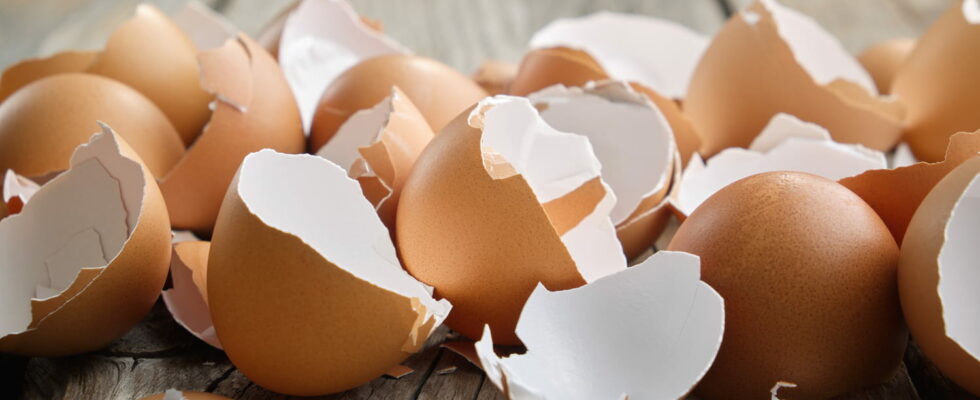This very simple tip will save you 15 euros: boil the eggshells and admire the result.
Traditionally, eggshells are considered waste and are thrown away without thinking. However, these shells, often overlooked, contain valuable nutrients that can contribute to plant growth and resilience. The process of transforming eggshells into a natural fertilizer is both simple and environmentally friendly.
The first step is to carefully clean the shells to remove any residue. This step is crucial to ensure that the final fertilizer is free of contaminants. Once cleaned, the shells should be placed in a pot of water and brought to a boil. The cooking process, which lasts about 30 minutes, is essential to extract nutrients from the shells and make them more accessible to plants.
After boiling, the shells should be cooled, removed from the water, and then ground into a fine powder. This powder is rich in calcium, a vital element for plant health. Calcium plays a crucial role in root development and plant resistance to diseases and pests. Additionally, this powder also contains other beneficial minerals, such as magnesium, phosphorus, and potassium.
Magnesium is an essential component of chlorophyll and therefore plays an important role in photosynthesis. Phosphorus promotes healthy root development and flowering, while potassium improves the overall quality of fruits and vegetables. Together, these elements contribute to robust and healthy plant growth.
Using this eggshell powder is simple: just add about a tablespoon of the powder around the base of each plant. This method of application ensures that nutrients are directly available to the roots, optimizing their absorption.
Using eggshells as fertilizer is less expensive than buying fertilizer from a store. First, eggshells are a common kitchen waste and therefore free. In comparison, commercial fertilizers can cost between 5 and 15 euros per kilogram, depending on the quality and ingredients. Then, the process of turning the shells into powder requires only water and gas or electricity for cooking, which is a minimal expense. Thus, by using free waste and minimizing processing costs, this method offers a significant economic alternative.
